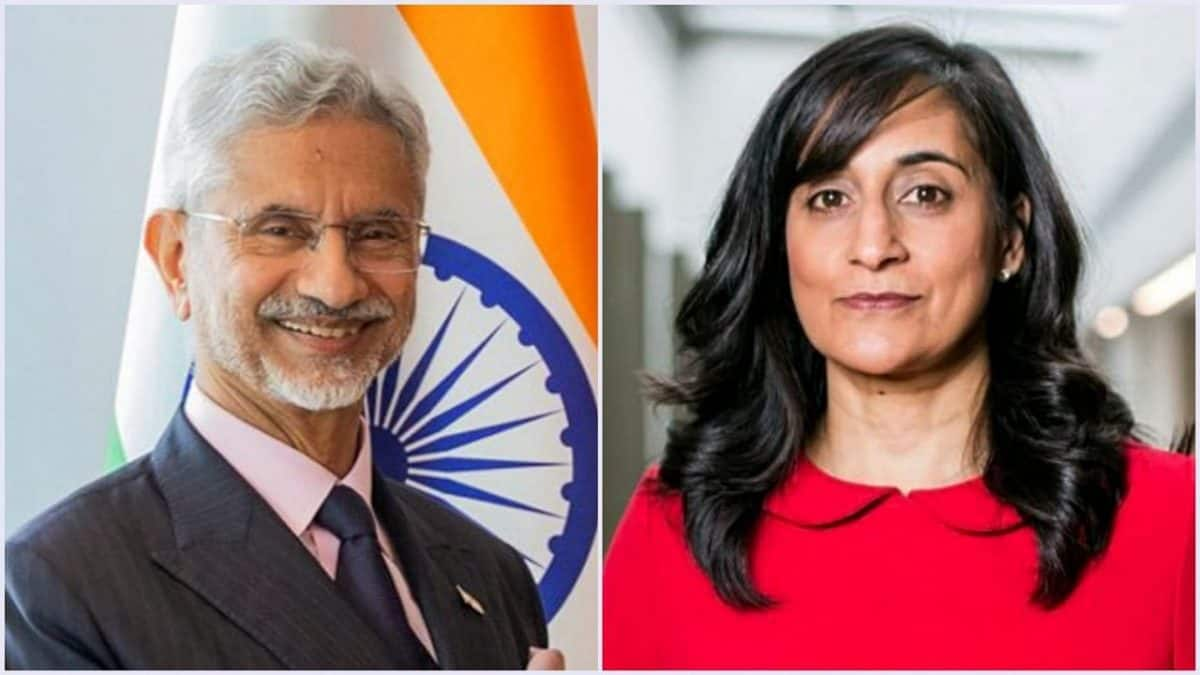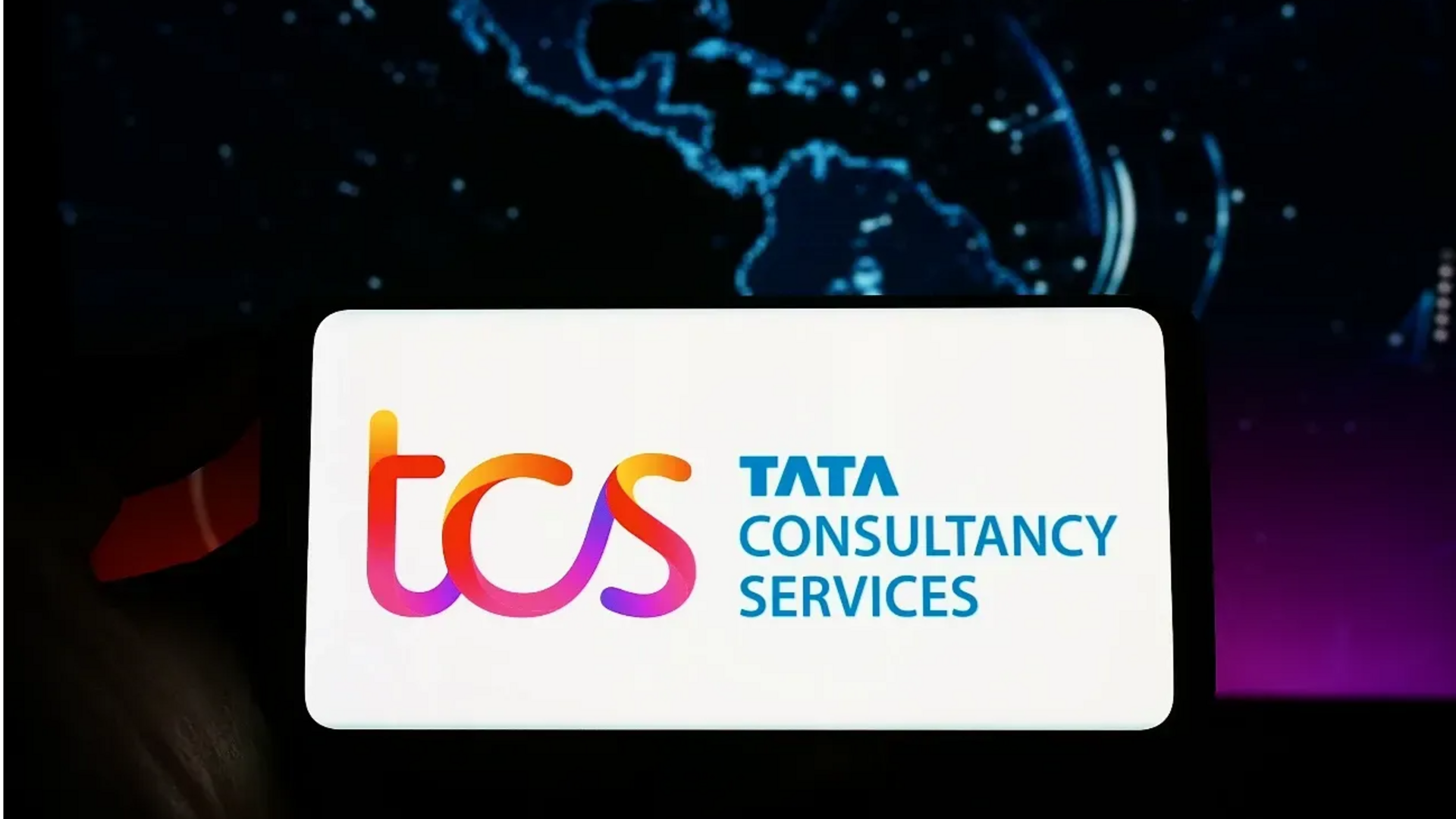The Viral Post
The genesis of the discussion lies in a social media post from a Canadian manager. The manager, observing an Indian employee appearing 'tired,' advised
them to consider taking a break. This observation and recommendation, though seemingly benign, resonated deeply with many. It became a catalyst, triggering a widespread debate about the dynamics within Indian workplaces. The post wasn't just about a single employee; it became a symbol of the broader concerns related to work-life balance and the potential for unfavorable conditions within professional settings. The manager's suggestion, viewed through the lens of Indian work culture, sparked an outpouring of observations and experiences, shaping a nuanced conversation that continues to evolve.
Workplace Bullying in India
A central theme emerging from the discussions is the perceived prevalence of workplace bullying in India. Many commenters shared personal anecdotes about aggressive superiors, excessive workloads, and an atmosphere of fear within their organizations. These narratives painted a picture of a challenging environment, where employees feel pressured to perform, sometimes at the expense of their well-being. The perception of bullying extends beyond overt acts; it also includes subtle pressures and expectations that create a hostile or uncomfortable environment. This sentiment suggests that many Indian workplaces may struggle to provide a supportive and healthy atmosphere. The online discourse acts as a digital mirror, reflecting the experiences and highlighting a need for introspection regarding management practices.
The Canadian Perspective
The Canadian manager's perspective, and the cultural context it comes from, forms an interesting contrast to the Indian work landscape. The Canadian manager's observation, influenced by their own cultural values, may have reflected a more straightforward approach to addressing employee well-being. In many Western workplaces, there's typically a greater emphasis on work-life balance, encouraging employees to take breaks and prioritize mental health. The manager's recommendation, viewed through this lens, seemed logical and supportive. However, the same suggestion was interpreted differently in the Indian context, revealing the cultural differences that influence workplace dynamics. This contrast shows how communication styles and expectations can vary significantly across cultures.
Calls for Change
The conversation sparked by the post highlights the need for change in Indian workplaces. Several commenters called for more empathetic leadership and better work-life balance. Suggestions included promoting mental health awareness, establishing clearer communication channels, and offering resources to support employee well-being. Some also advocated for stronger policies against bullying and harassment, believing this is crucial to fostering safer and more inclusive workplaces. This collective call for reform underscores a growing desire for a more equitable and supportive work environment. The discourse indicates a clear signal: workplaces need to acknowledge and proactively address issues like bullying and stress to cultivate a happier and more productive workforce.
Impact and Future
The viral post and its surrounding discussion have potentially far-reaching implications for the future of work culture in India. By bringing these workplace dynamics to the fore, the online conversation facilitates open discussion about these concerns. The conversations provide a platform for employees to share their stories and perspectives. The increased awareness could lead to a reassessment of HR policies, training programs, and leadership styles across various organizations. It can also encourage individual employees to advocate for better work environments. The online debate can be a catalyst for change, pushing companies to prioritize their employees' health and well-being, setting the stage for a more positive future for the Indian workforce. The long-term impact depends on how organizations and individuals respond to the observations that have been brought to light.







